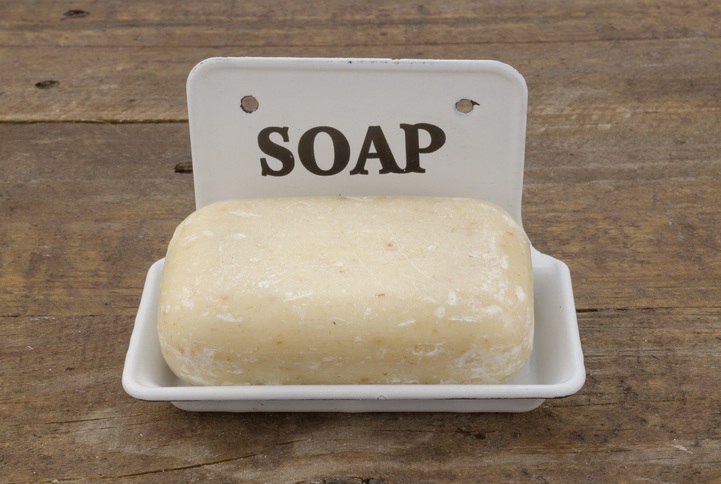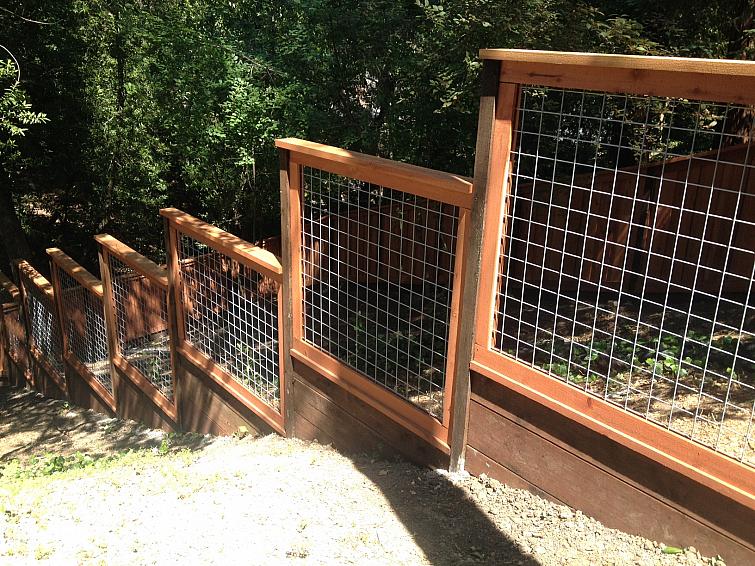Table of Content
If you have a dog, allowing it to roam the yard may help keep deer away by frightening them away. The smell of a dog may help to deter deer because it attracts wild creatures that enter your land. Deer and other animals, for example, are deterred by dog hair and urine. Whitetails, which tend to plague most suburban gardens, are quite the jumpers.

With this technique, a four to six foot fence is all that’s required. Set up your electric fence, and it takes care of the rest for you. You not only keep out most of the wildlife, but you get the added benefit of privacy when outside your home.
Plant Strong-Smelling Plants
If your garden is your pride and joy, it can be exceedingly frustrating when animals nibble on your plants or dig around and make a mess. However, there are plenty of humane pest control methods to try, and they can be just as effective as poisons and traps with none of the cruelty. After a winter of searching for accessible food, deer have huge appetites in the spring, and new shoots and buds are especially enticing.
I guess it is a game of trial and error depending on the deer where you live. Here we have both white tail and black tail, but thy are small. I knew it wasn't a rabbit problem this year because it was the tops of plants that were chewed off. Peas, beans, raspberries, jostaberries, fruit trees – all had shaved tops or one side of the trellis missing leaves. Ivory soap – Many people recommend using soap to keep deer out of your garden.
How to Keep Deer from Eating Plants and Out of Your Yard
Whether you choose commercial repellents or homemade formulas, you wouldn't want to accidentally harm your family or other wildlife. Pick fruits once they're ripe, and discard crops right after harvest. Use trial and error with these ideas until you find the best plan of attack for your deer problems. Combine strategies and change them up on occasion, too, so the deer don’t eventually wise up to your tricks and return. Making your very own makeshift person is relatively simple and requires no more than some hay, wood, and old clothing. Propping up the scarecrow is imperative to its success since seeing it from a far enough distance means deer are less likely to enter the property in the first place.

We’ll help you grow bunches of these superfood berries right in your own backyard. To use deer netting, gently drape it over the foliage to protect the bulk of the plant. While more work and expense than most of the solutions listed above, deer fences are one of the most reliable options available. Motion activated lights or sprinklers to scare deer – We put a solar powered motion light out near the orchard. There are no neighbors nearby to get hit with the spotlight, and it's handy if we need to go and check on that area of the yard at night. Bloodmeal – Sprinkled around plants, bloodmeal gives off an unpleasant odor that acts as a deer repellent.
Liquid Sprays
Deer may be startled and flee if wind chimes or a string of CDs are hung from trees. Deer will get used to these methods and ignore them, even if they may initially work. Solar-powered deer deterrent LED lights are advertised online by some vendors.

The deer were quite happy to stick to their personal salad bar and left the garden alone. Anyway, dad got it into his head that he was going to grow his own buckwheat one year and have it ground into buckwheat flour at a local mill. You can also try a professional deer repellent like TOMCAT Deer Repellent. Just remember to switch up what you use occasionally, to keep the deer on their toes.
Deer-Resistant Plants for Your Yard
Spring and early-summer plants, including tulips, lilies, and roses, seem especially appealing to deer, even if they're planted in containers. They feast on fruits of all kinds, from strawberries to fruit trees and fallen fruit. Deer will eat bark, twigs, and leaves of most trees and shrubs. They can also damage woody plants, especially during winter when food is scarce. As the yolk of the egg contains sulfur, it gives an odor, the deer hates. Mixing the eggs with water and spray on the plants is hence, the best homemade deer repellent methods.
Although you should keep using deterrents every season, there are different methods to use that are appropriate for where the damage is worst and how the deer behave. Drape shrubs and small trees with garden netting, the same material used to keep birds off edible plants. You can also use netting and metal stakes to create a temporary fence around a small section of a garden. Black deer netting, also known as "invisible netting," won't block the view of your garden but will keep deer out if it's 8 feet or taller. If you don't want to fence that high but still want to keep deer out of an area, practice double fencing. Like hanging pie pans to trees and shrubs, you can attach shiny streamers to netting to scare deer away.
Start by tossing all of the above ingredients in a blender until buttery smooth. Pour them into a sealable container, then let the contents sit outdoors for approximately five days. Afterward, bring the mixture inside and pour it into a spray bottle for easier application. Though we briefly touched on the idea, the idea of plant substitutions deserves more than a passing glance. The wonderful thing about finding flowers is that they come in all different shapes and varieties while serving a significant number of purposes.

Mix in the Castile soap and blend thoroughly before removing it from the heat. These are also simple remedies to keep skunks away from your backyard, as they also have a strong sense of smell. The many different flowers and herbs to choose from make it easy to find a flower bed resident that is both fragrant and appealing to the eyes. Most function effortlessly as groundcover plants and easily fill in space around existing inhabitants. Even strong odors from repellents that dissipate after a day for humans still affect deer for weeks.
When it comes to using a live hedge to keep deer out of gardens, there are a few things to keep in mind. To be successful, the privacy screen should be at least 6 feet (1.8 meters) tall. If there are mouth-watering blooms and shrubs in your garden, deer may squeeze through little openings. Unfortunately, there are no completely deer-proof plants. Deer, on the other hand, avoid many types of plants if there are plenty of other delicious options available.

No comments:
Post a Comment